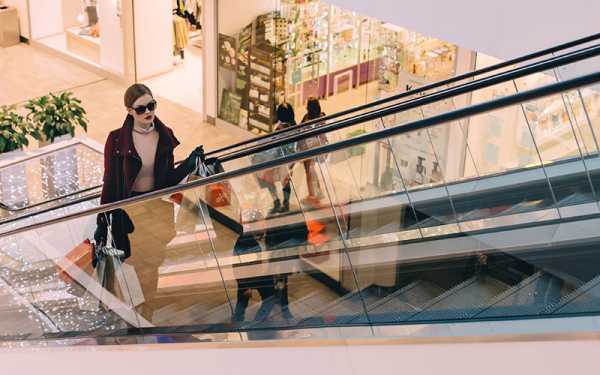Customer service has become one of the main competitive battlegrounds in retail. Particularly in mature, crowded markets where there is little ability to establishing points of difference in products or prices, keeping customers happy is an essential means of standing out from the competition and retaining customers.
More and more retailers are turning to clienteling as a formal technique for delivering outstanding customer service. Clienteling aims to deliver high-quality personalized service based on in-depth customer knowledge. Customer data is made available to sales staff when handling a query or at the point of sale so they can advise, recommend cross and up-sell based on the individual’s tastes and purchasing habits.
Clienteling therefore depends on technology. It is most commonly associated with software solutions which enable the capture, interpretation and delivery of customer data, such as CRM applications and integrated POS platforms.
But software cannot run in isolation. It needs hardware, and choice of equipment can play a key role in how successfully retailers implement a clienteling strategy in store. Here are some of the ways that POS hardware can help deliver that outstanding customer experience.
All-in-one POS terminals
The purpose of linking CRM with POS applications is to make customer data available where it is needed most – at the point of contact with customers in store. CRM software tends to be pretty sophisticated, so you need a computing terminal with an appropriate amount of processing power.
While you could run CRM on a standalone PC, this just adds to the amount of equipment and clutter you need in store. An all-in-one POS terminal combining CPU, screen and transaction processing capabilities means you have everything in one place, mirroring the convenience of integrating CRM with your POS system. By asking a customer’s name or scanning a loyalty card as a sale is processed, staff can view purchasing histories and get recommendations for cross and up-selling, or even offer discounts and special promotions.
Mobile tablets
For many retailers, there is little distinction between sales and service. Staff are trained not simply to process sales, but to answer customer questions, offer assistance and advice, and use their knowledge and skills to convert interest into a purchase.
To adopt a true clienteling approach, customer data should be available where and when the customer requires assistance. Rather than only being accessible at a fixed point in store, dedicated POS tablets allow staff to to help customers anywhere in the store. Tablets and Mobile POS can also be used effectively to look up stock levels on the spot, or show alternatives on screen to the customer.
Display screens
Touchscreens are not only for use by staff as they process sales. Using customer-facing screens around a store and at the les desk is a great marketing resource for displaying current offers, but they are also used to inform and advise customers of accessory suggestions, currency conversions or other relevant information to three purchase.
Another increasingly common trend is to provide touchscreens in store for customers to use to look up stock levels or product alternatives themselves. Providing a self-service option to complement sales staff is popular with many customers, helping to cover all bases in meeting their preferences.




